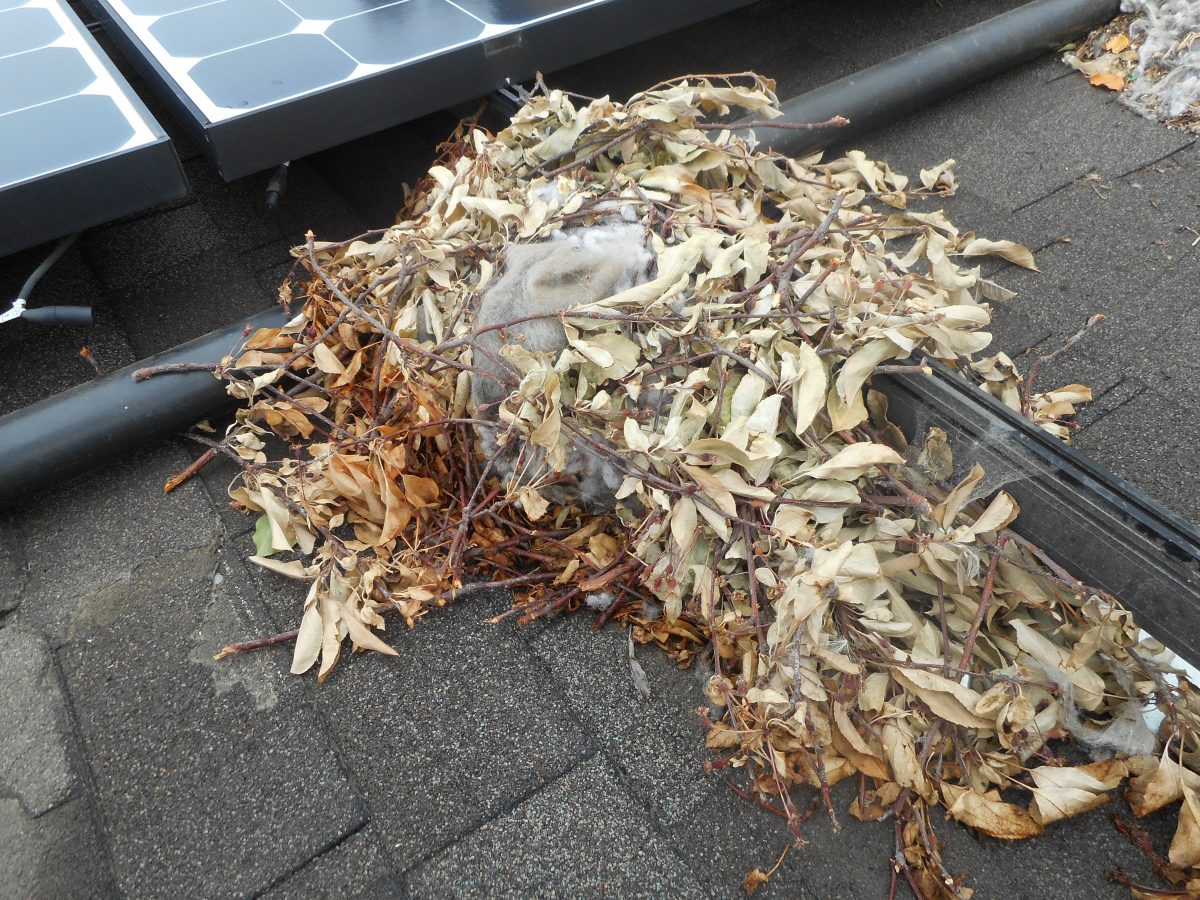Thanks to prolific service technician Michael Payton for many of these fantastic images!
Nesting
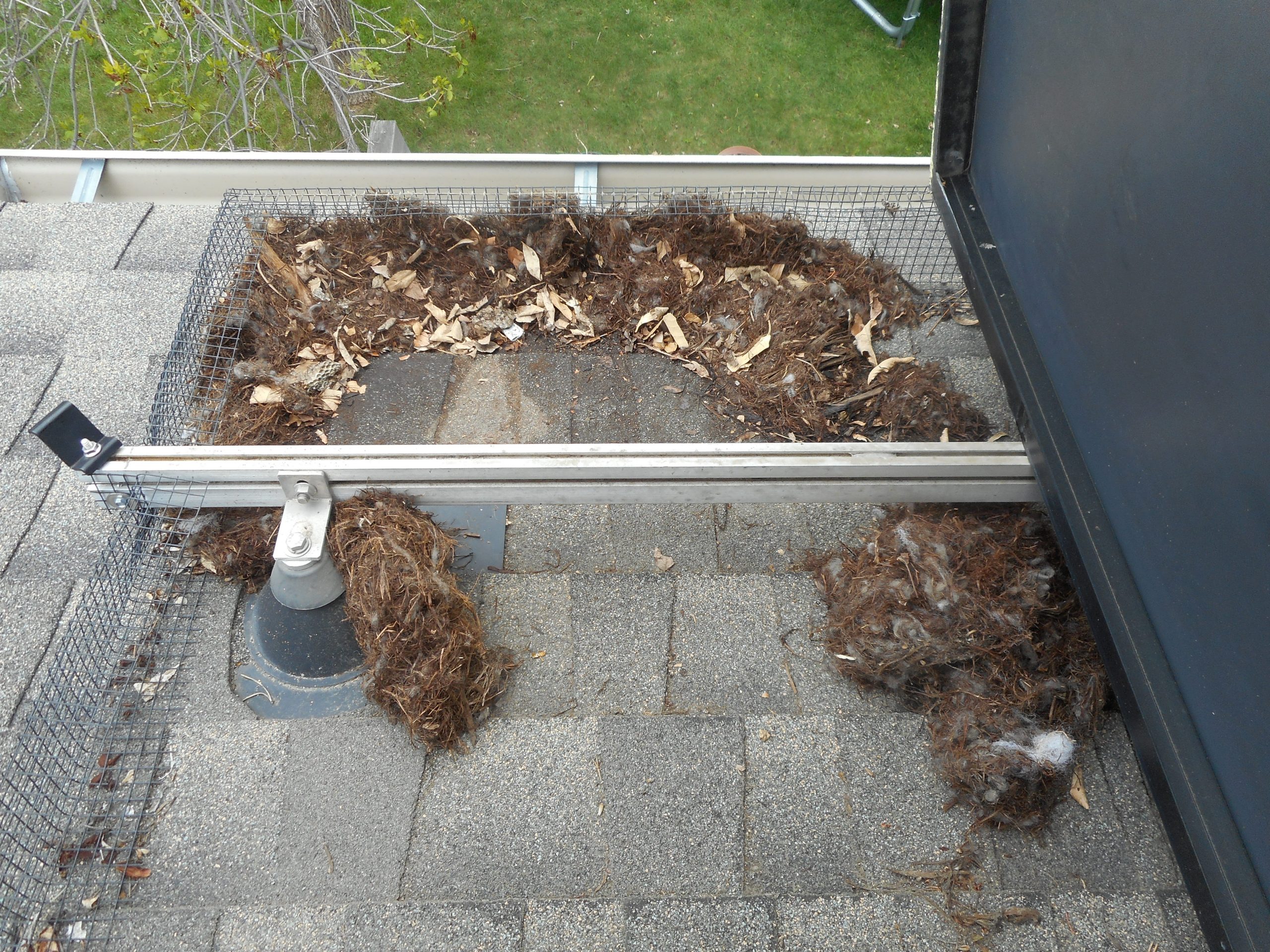
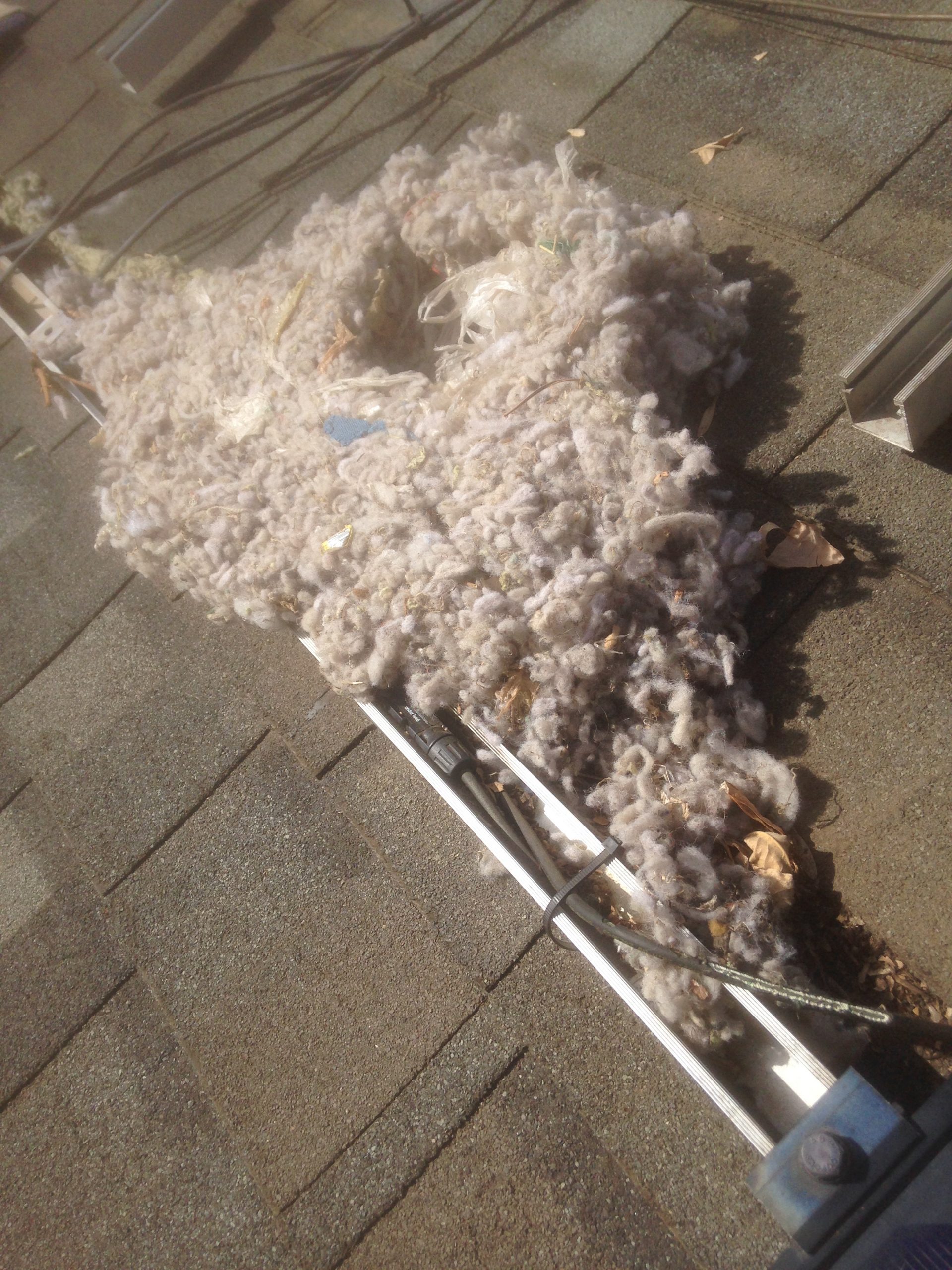
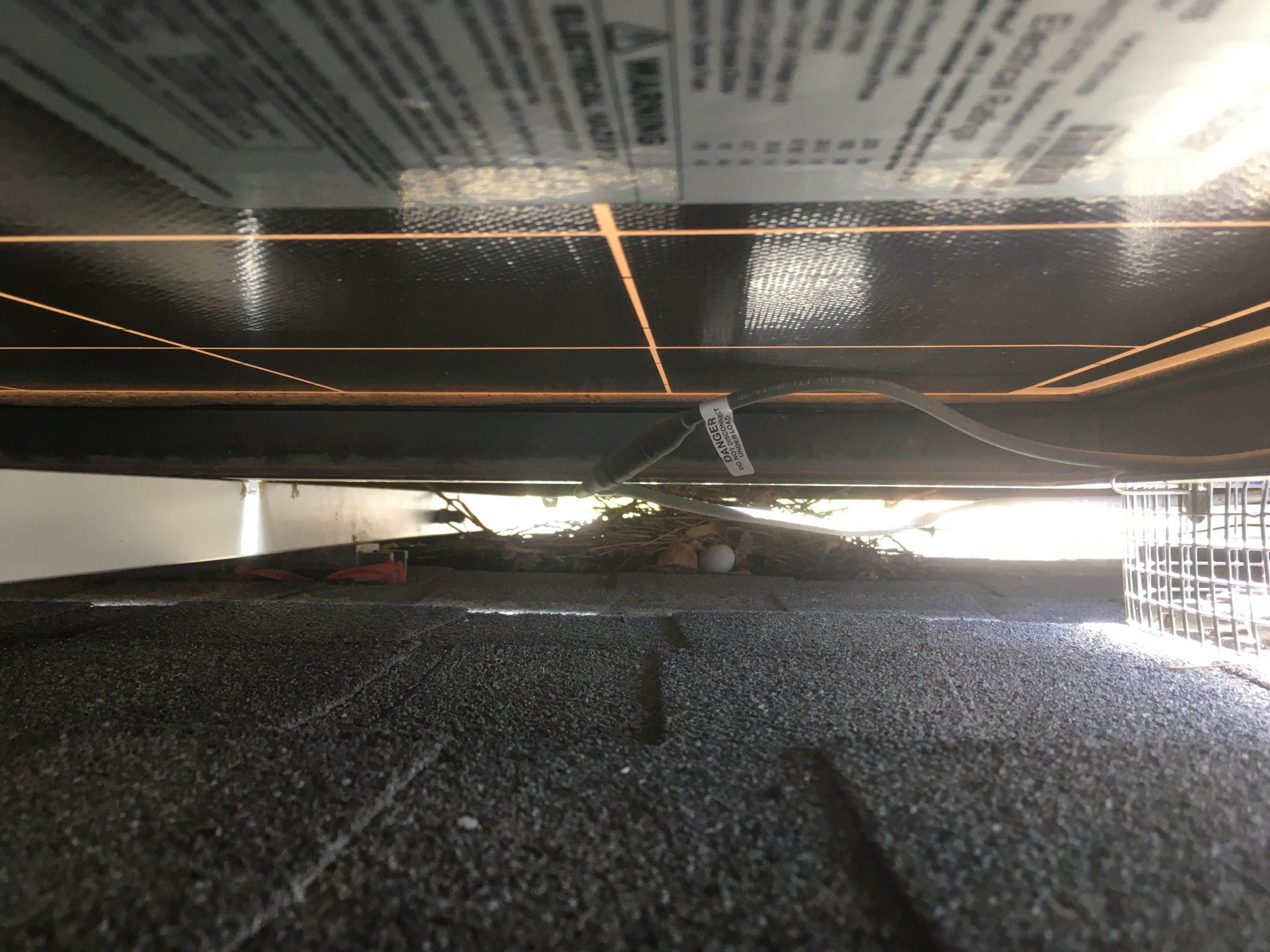
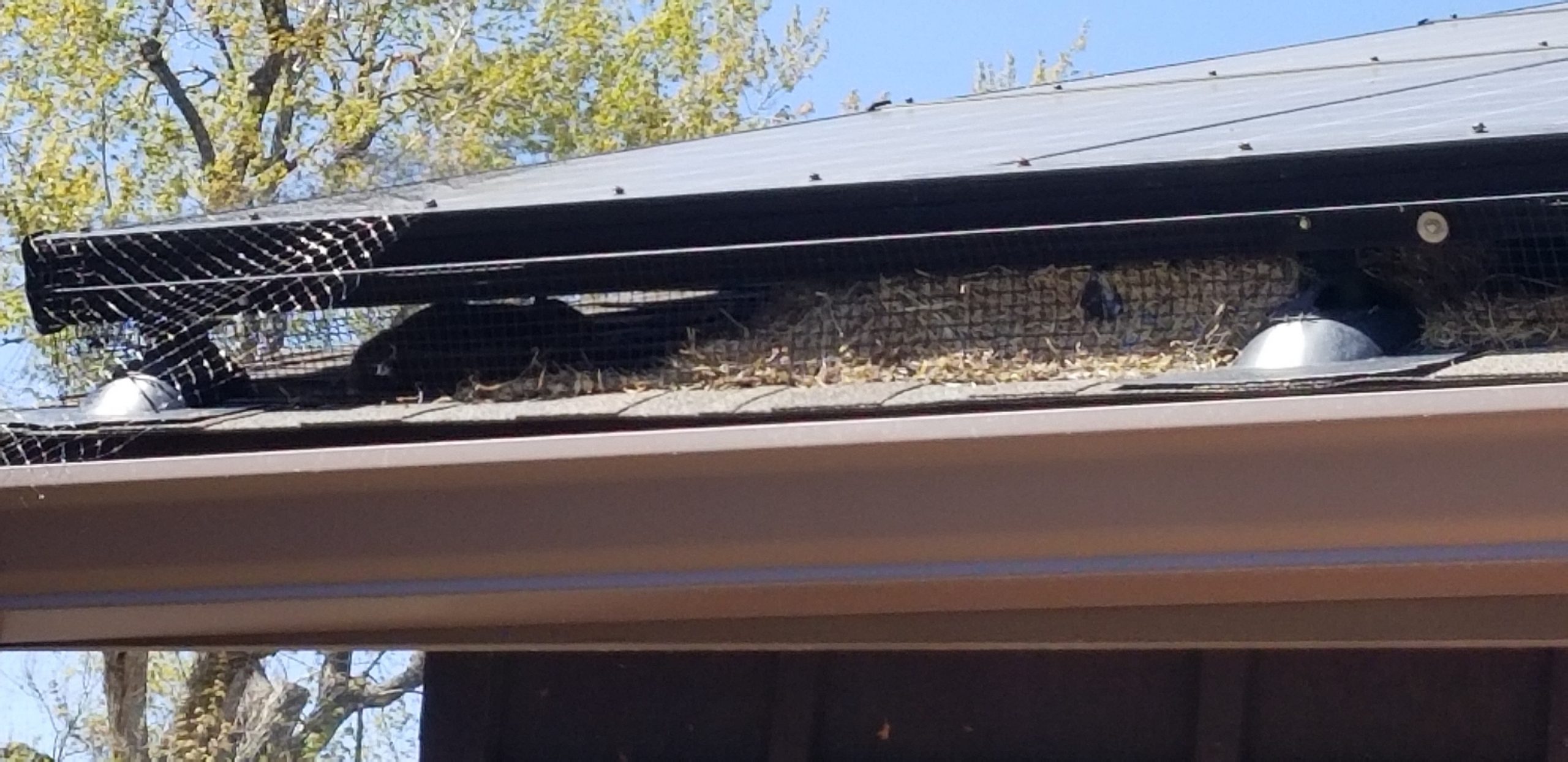
Animals build nests under solar arrays because the arrays provide shelter from predators and the elements. Nesting is a precursor to every form of damage described below. Squirrels, birds, rats and raccoons are the main offenders.
Primary Damage
Chewed wires
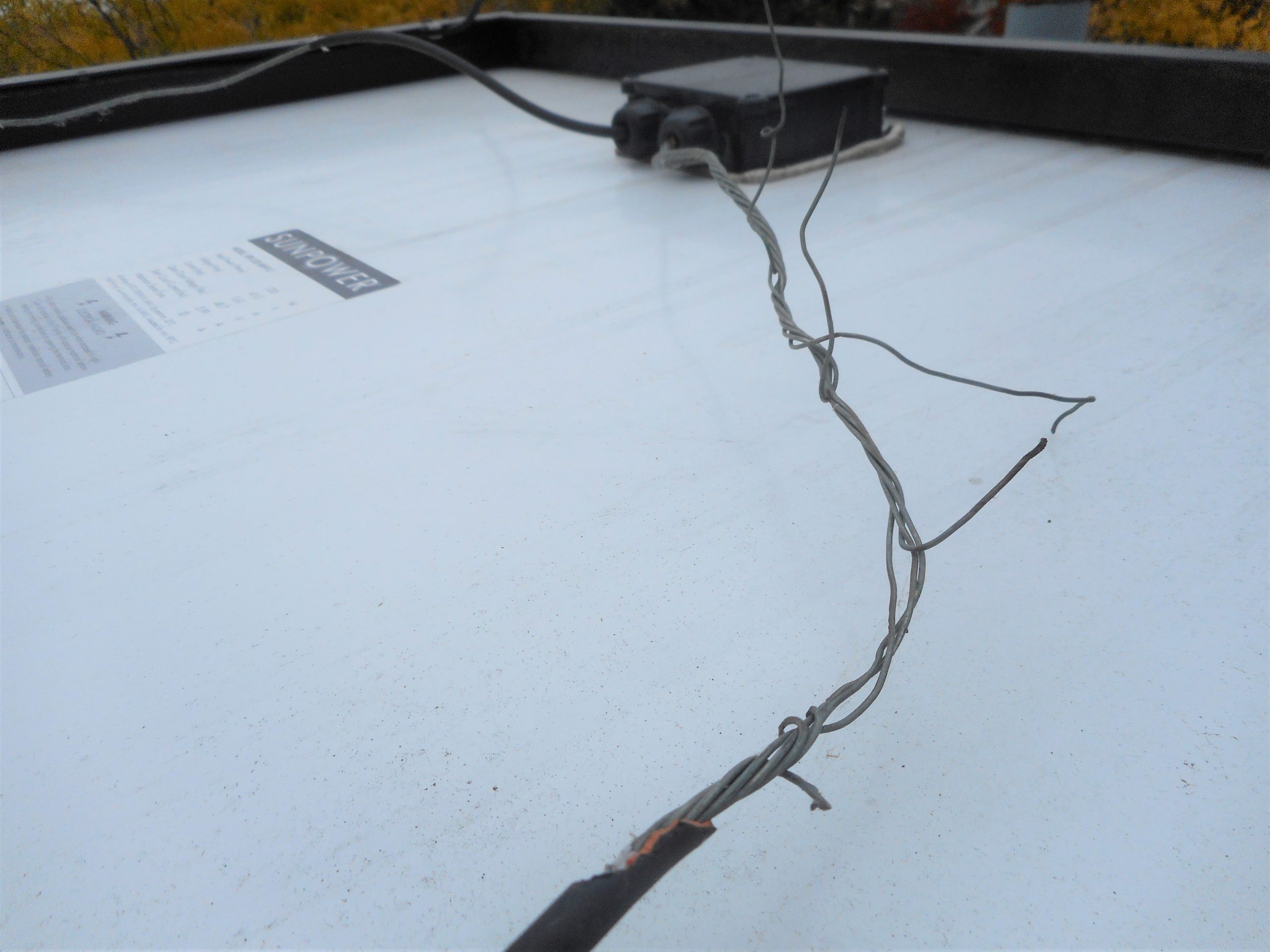
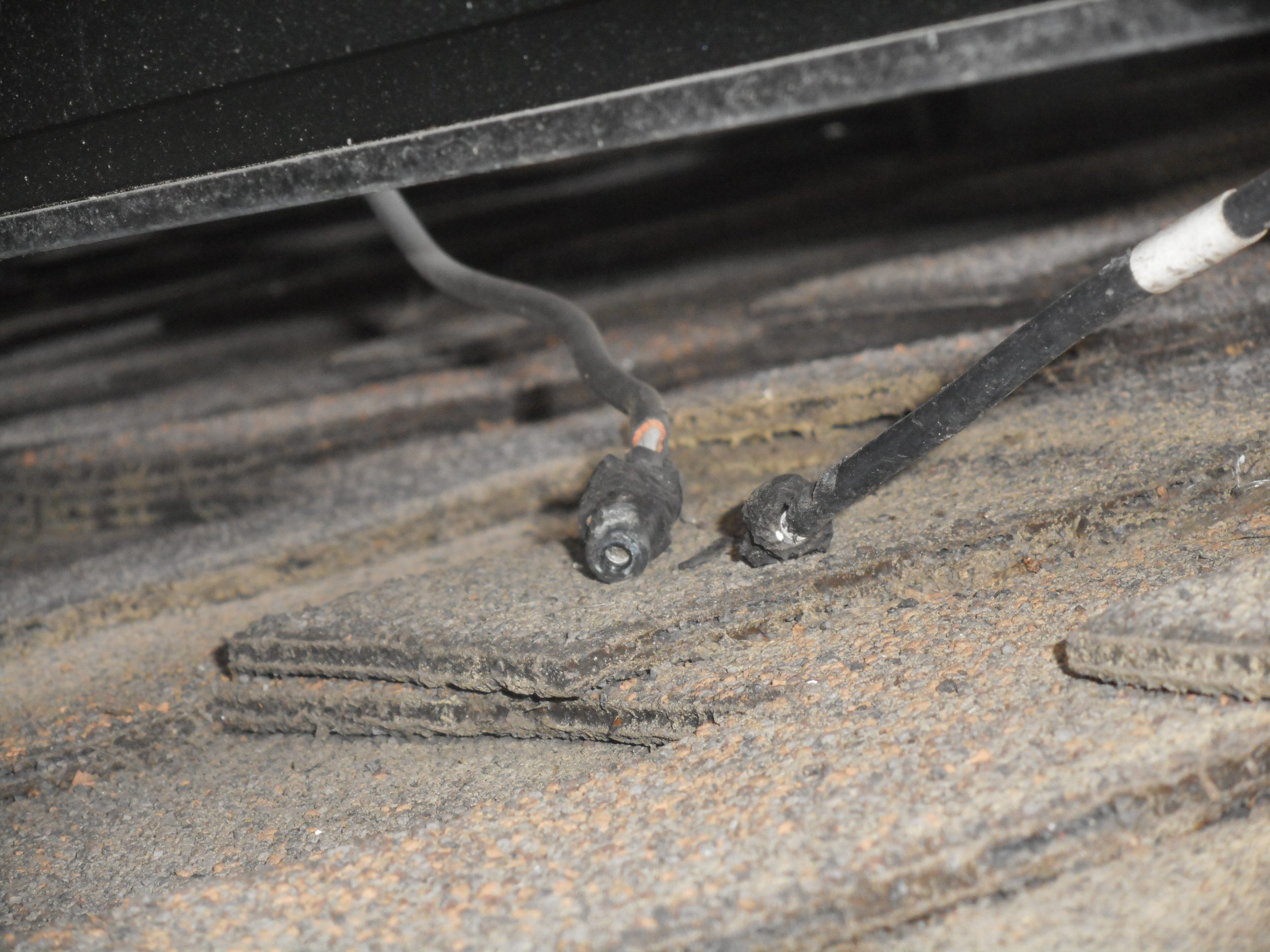
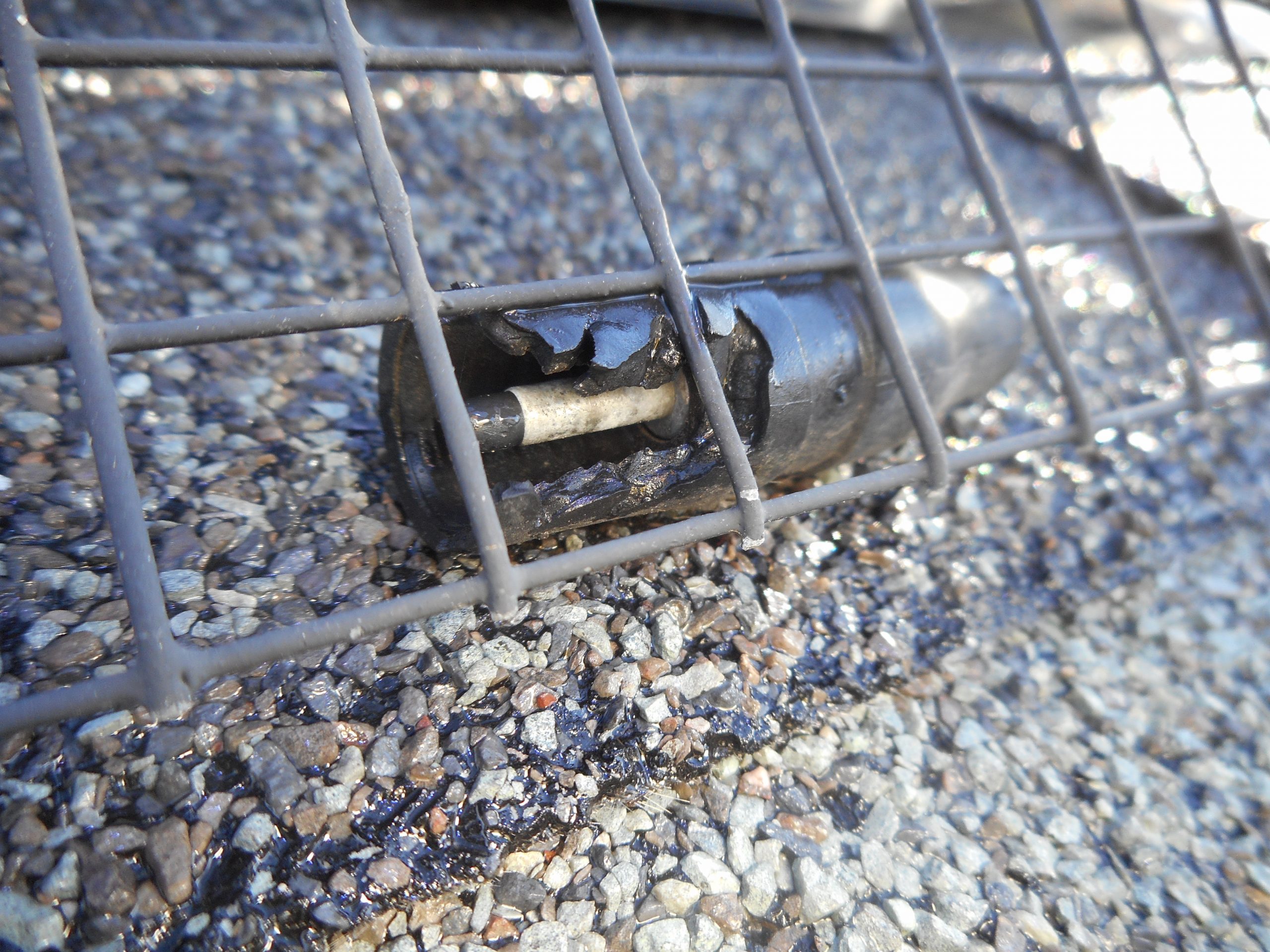
Squirrels, rats and other rodents must regularly gnaw on material of a particular hardness in order to sharpen their teeth. The vast majority of modern PV systems have exposed wires underneath the array which cannot be enclosed in conduit. These wires have a thick coat of insulation which is, unfortunately, irresistible to rodents. Note – you may have heard of the phenomenon of rodents being drawn to soy-based wire insulation. Whether or not those stories are true, soy is not an ingredient in the tightly regulated wiring used in modern PV systems.
Once an energized wire’s insulation has been chewed through, there is a risk of fire, electrocution and lost production.
Roof rot
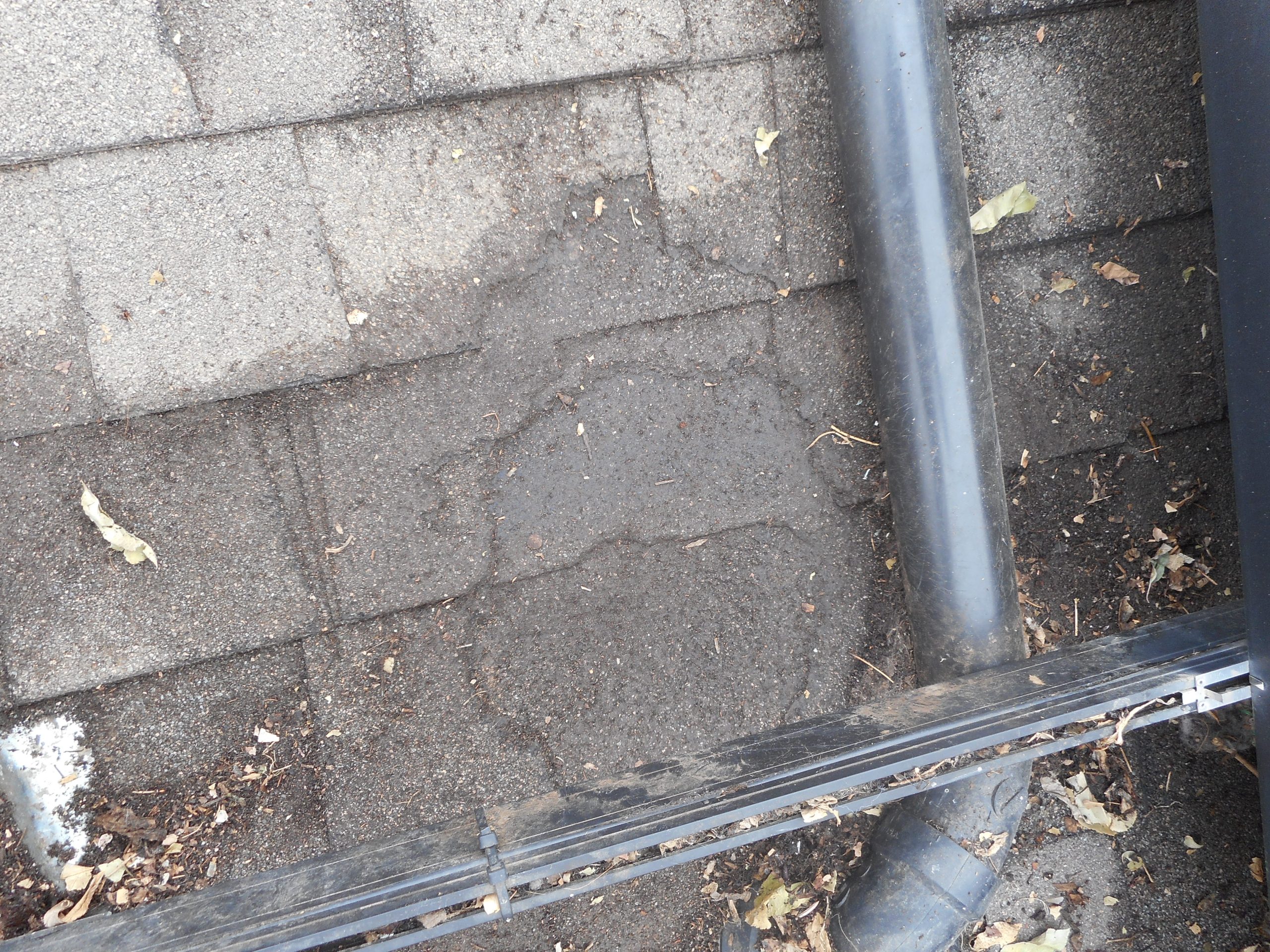
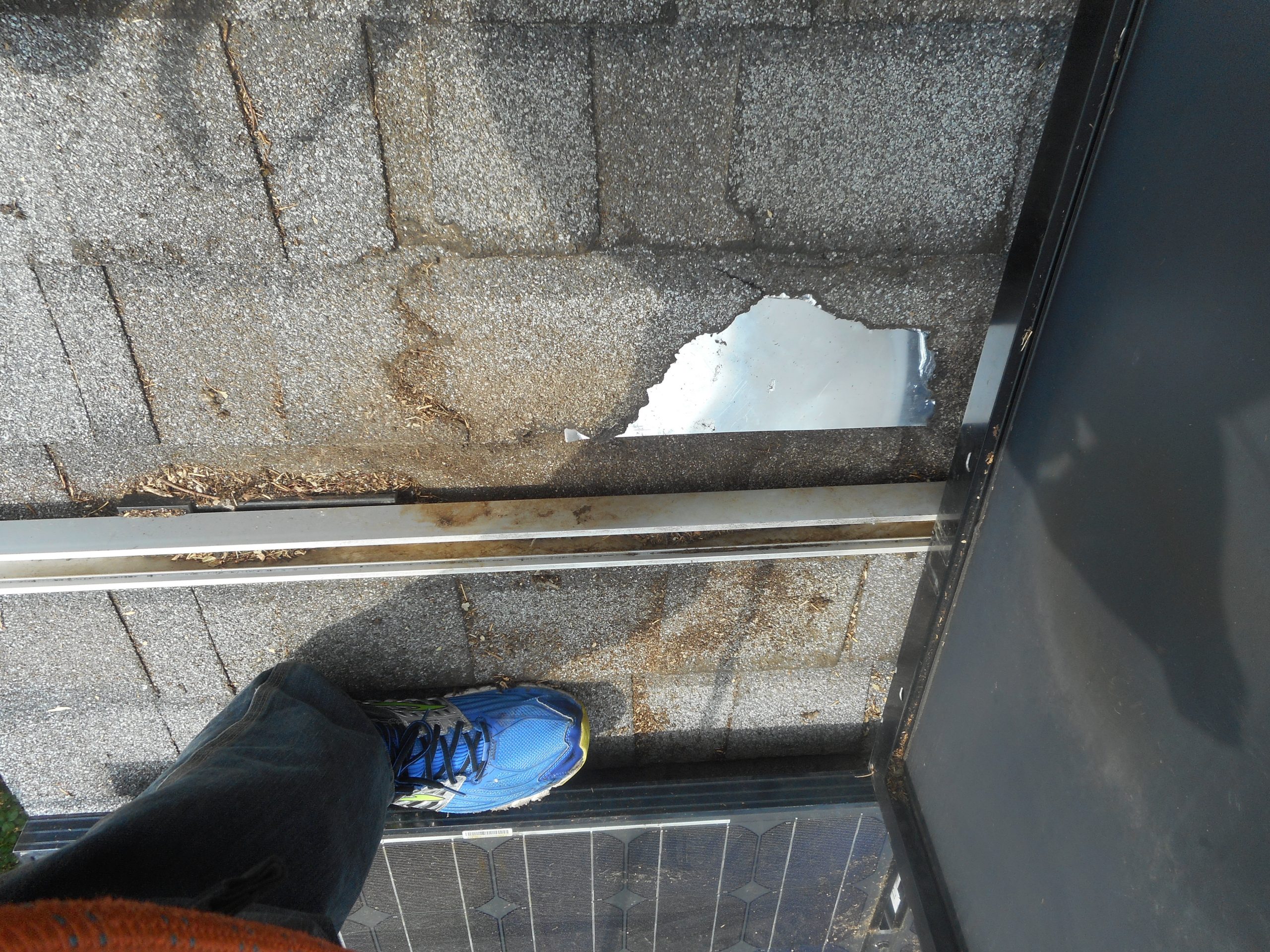
Most roof surfaces are will slowly degrade if moisture is continually present. When an animal builds a nest under the solar array – or sticks and leaves simply blow in and accumulate – the organic material retains moisture and prevents normal drying. Nesting animals also have a tendency to scratch away the roofing material at the nest site (both squirrels and raccoons have been known to burrow clear through the roof and into the attic). This leads to water damage.
Hot spots
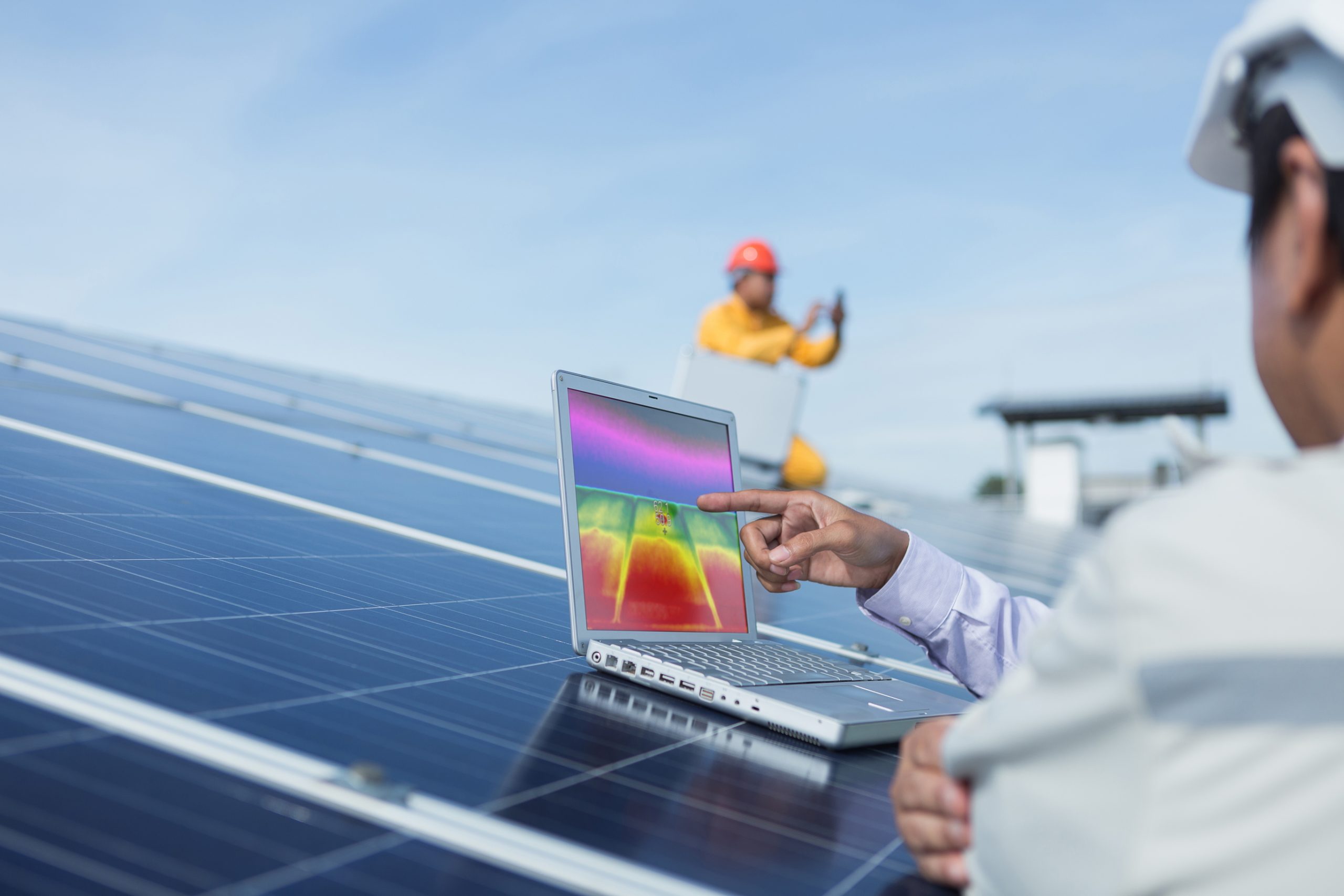
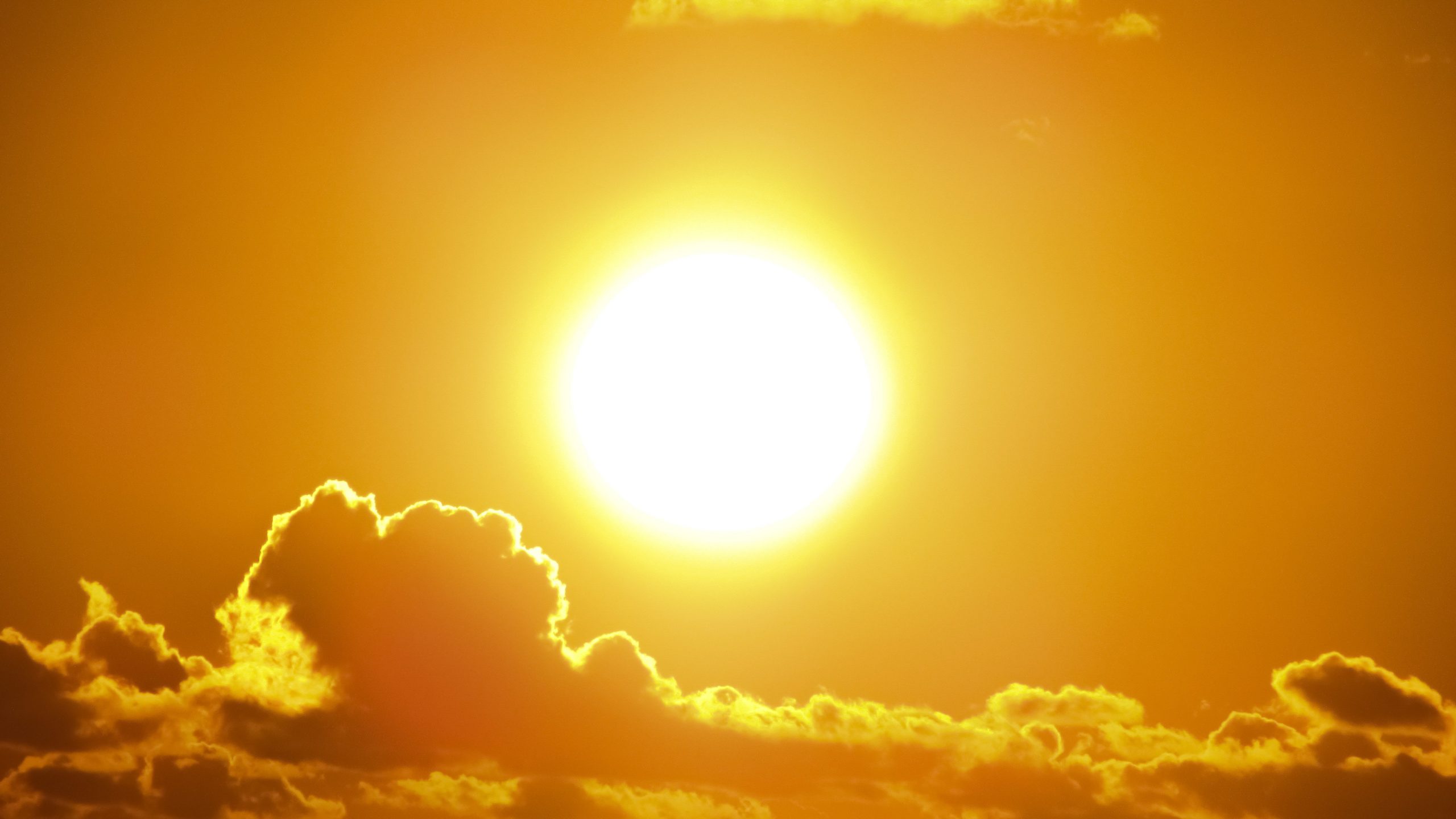
Every solar PV array performs best when it’s kept at a low, uniform temperature. When a nest reduces airflow at one location under the array, a few individual PV cells heat up and become restrictive to the flow of electrons through the system. This causes them to heat up even more, creating a “hot spot” with an outsize impact on system performance. The presence of a hot spot may also increase fire risk, with under-array temperatures routinely reaching 150°F even for normally-functioning systems.
Secondary Damage
Water damage
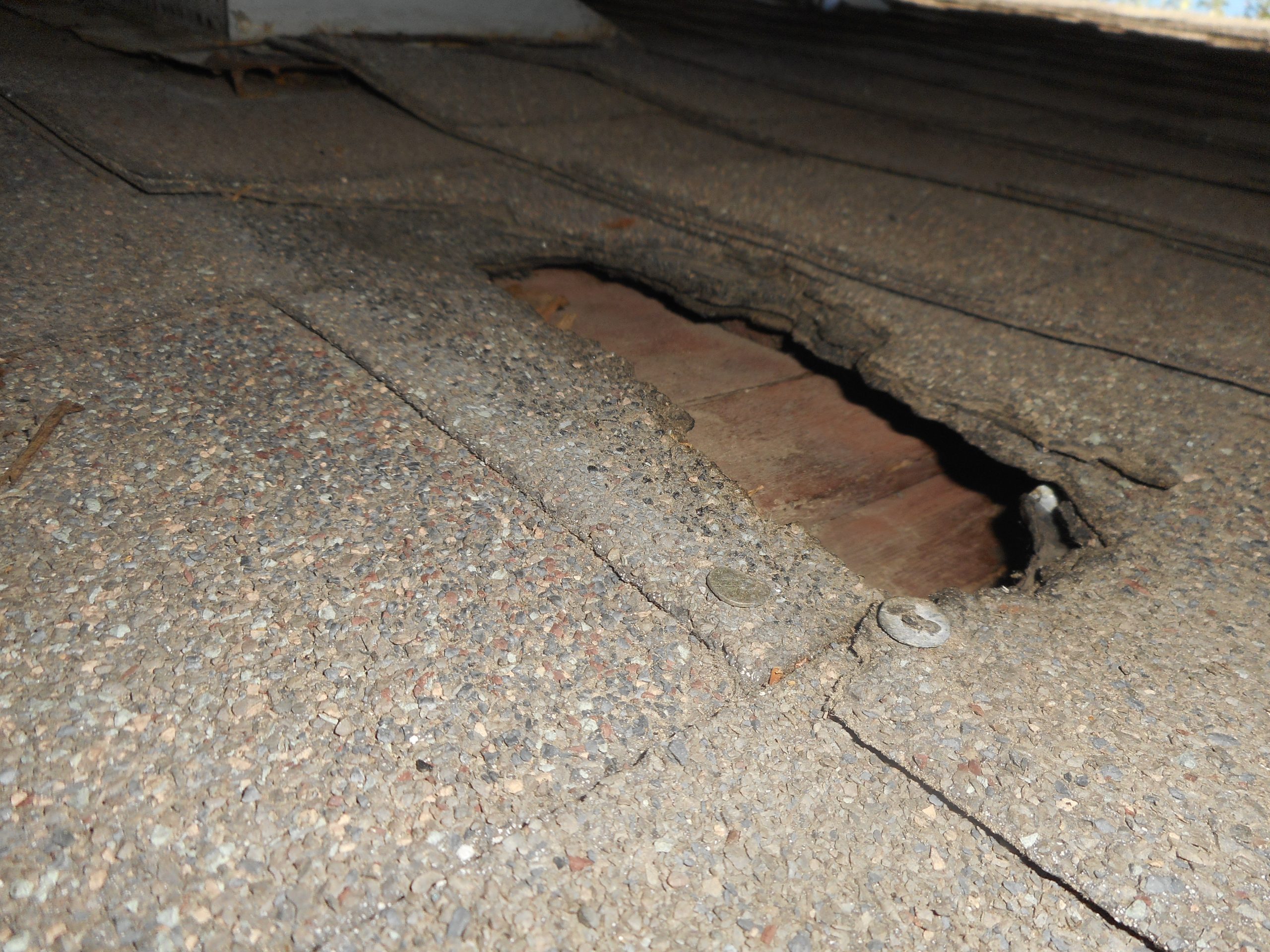
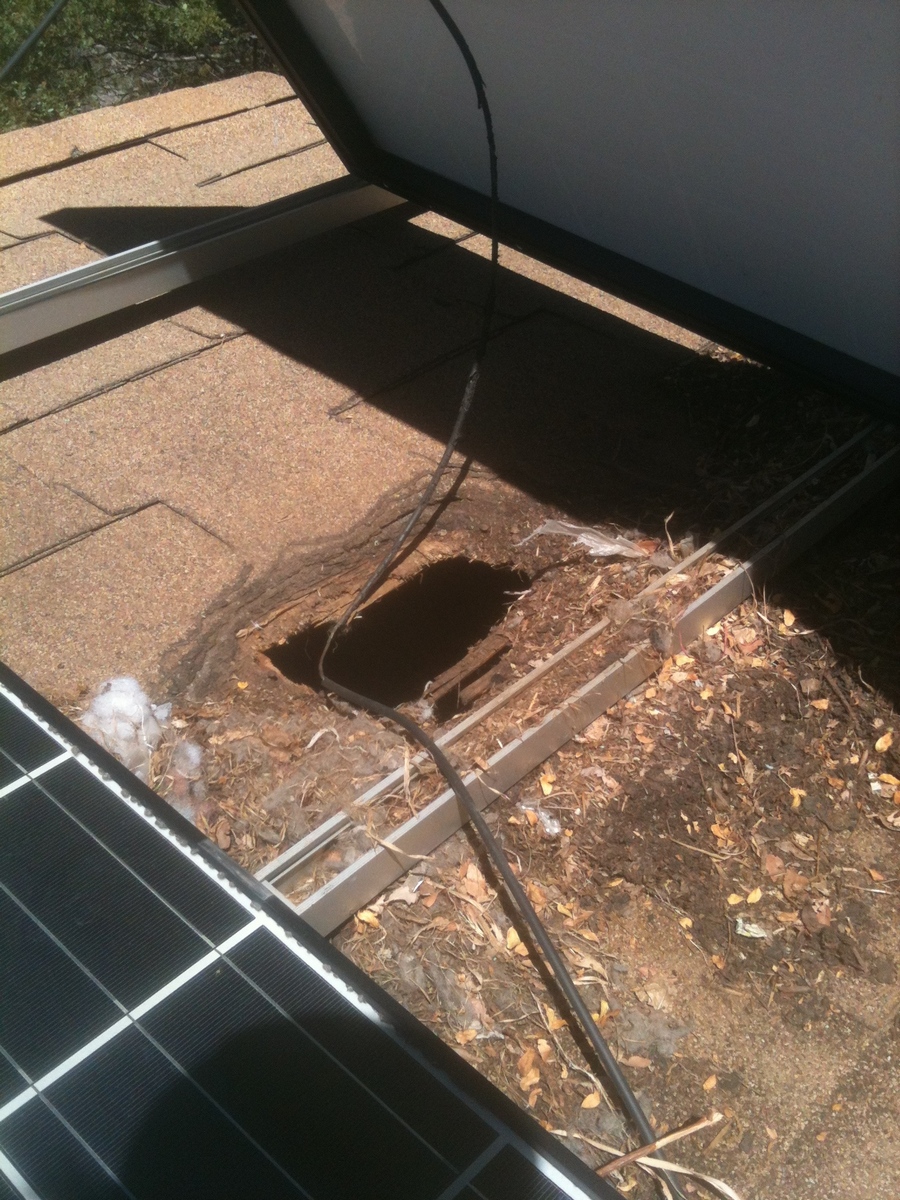
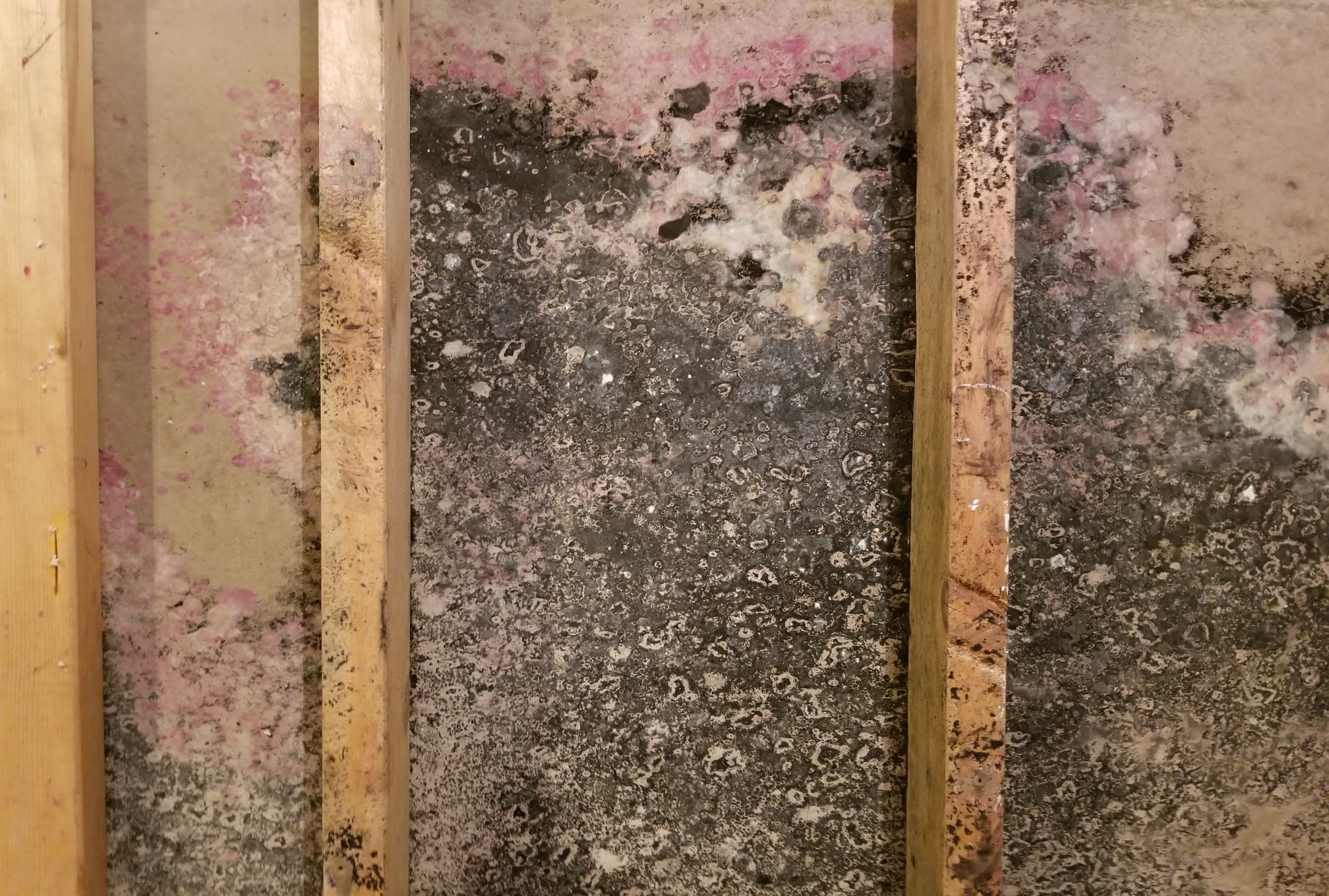
When the waterproofing membrane of a roof is compromised due to roof rot or animal burrowing, water can enter the home and cause direct damage to drywall and paint as well as long-term mold issues.
Fire
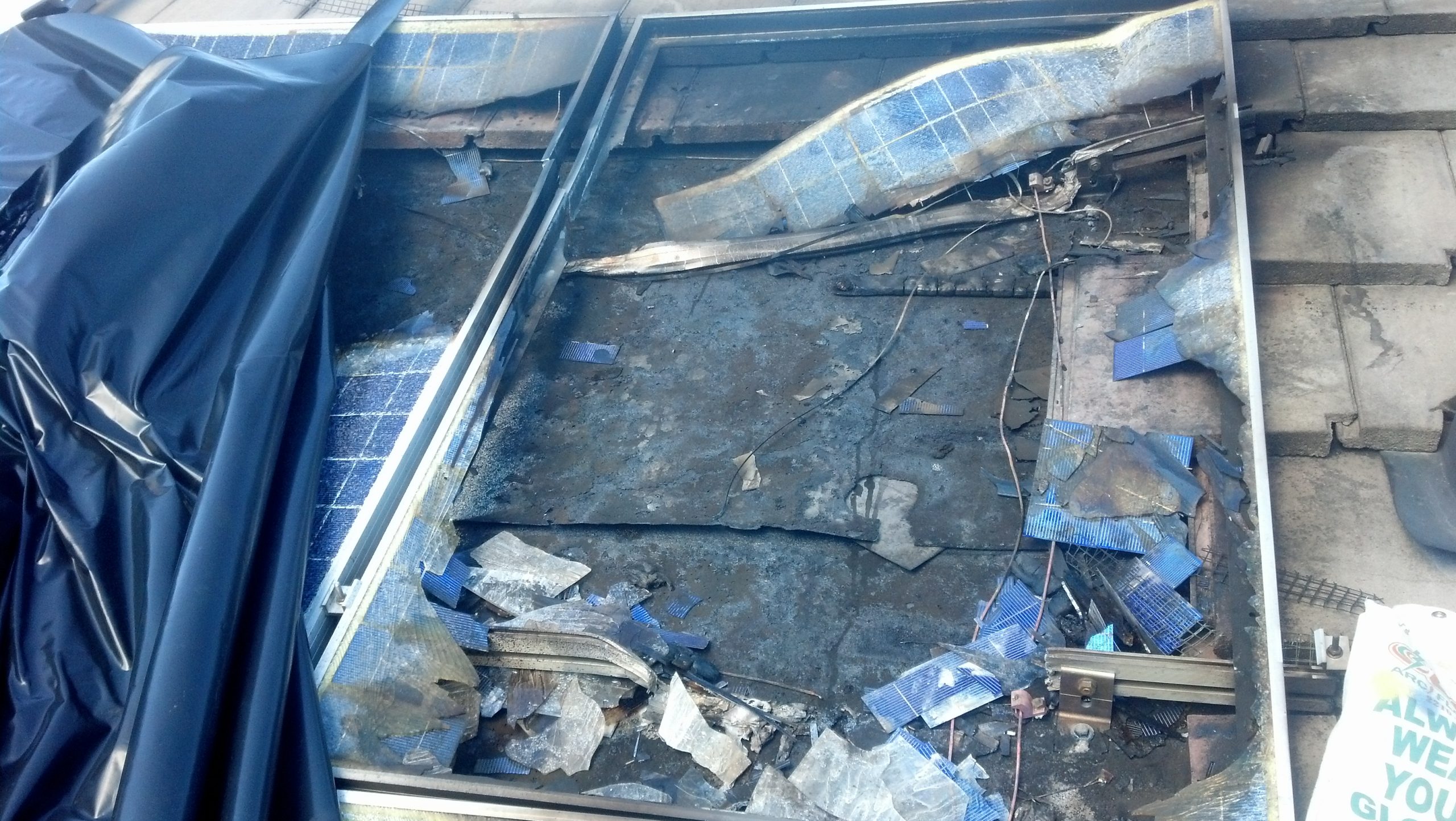
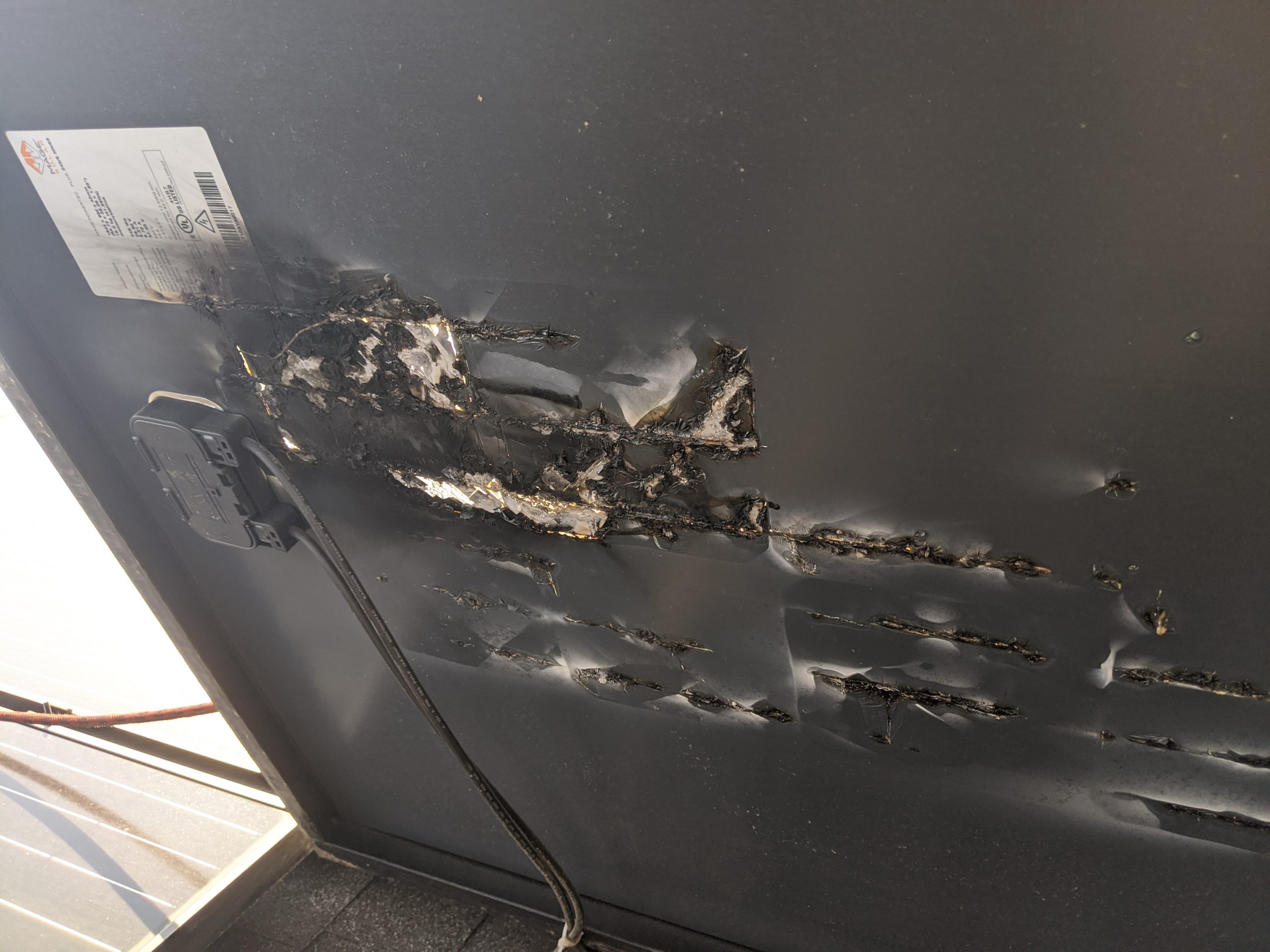
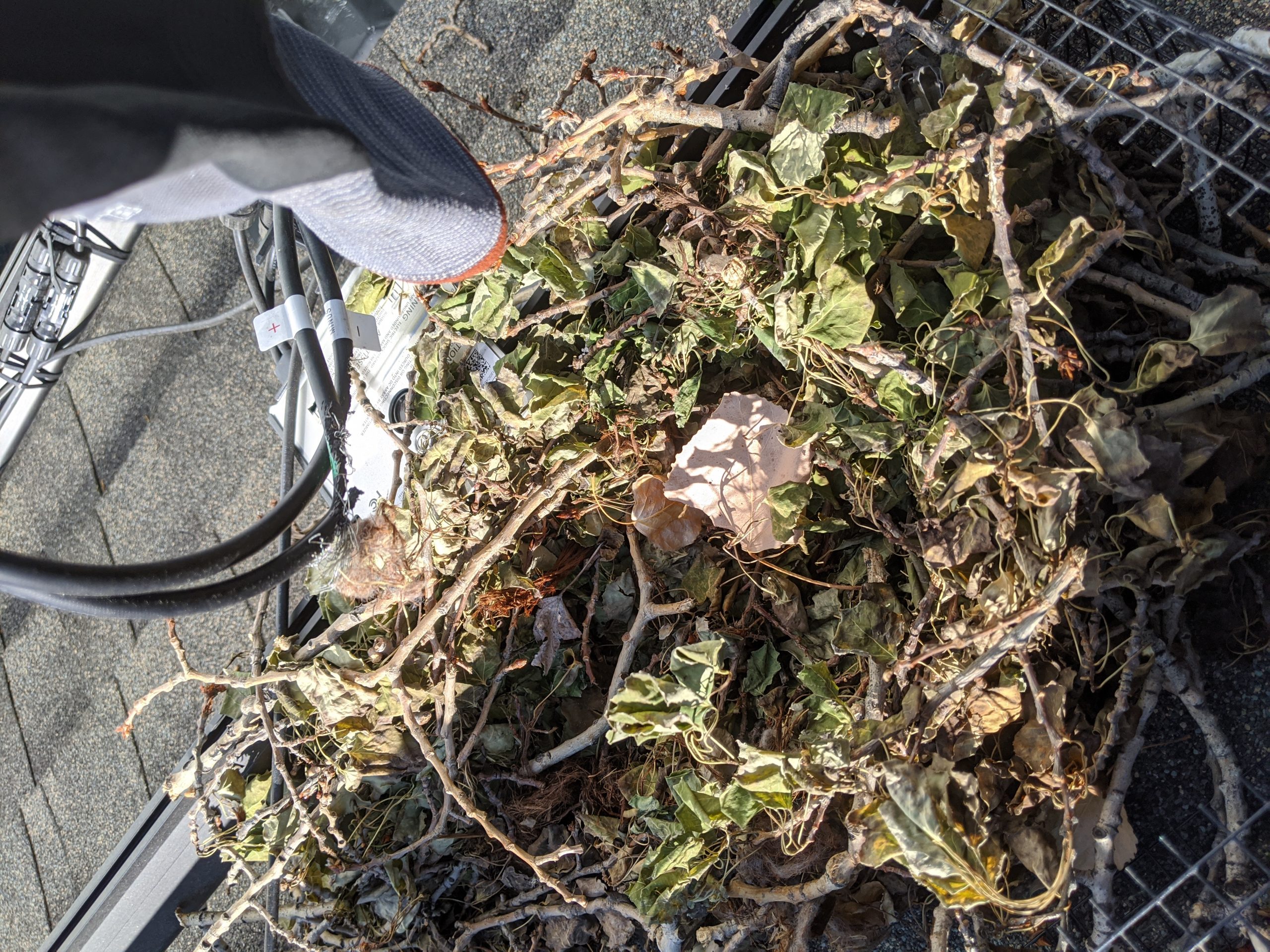
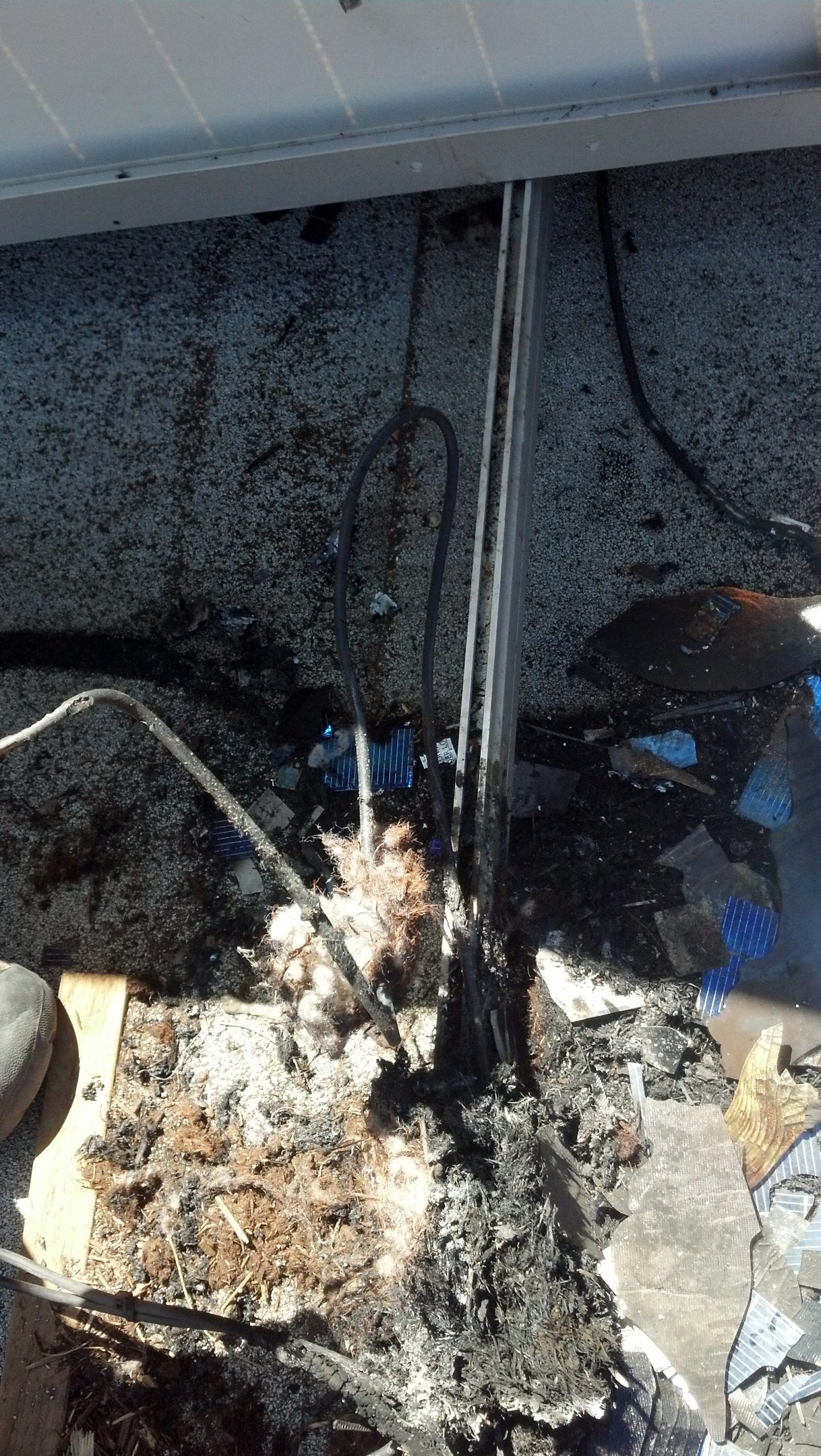
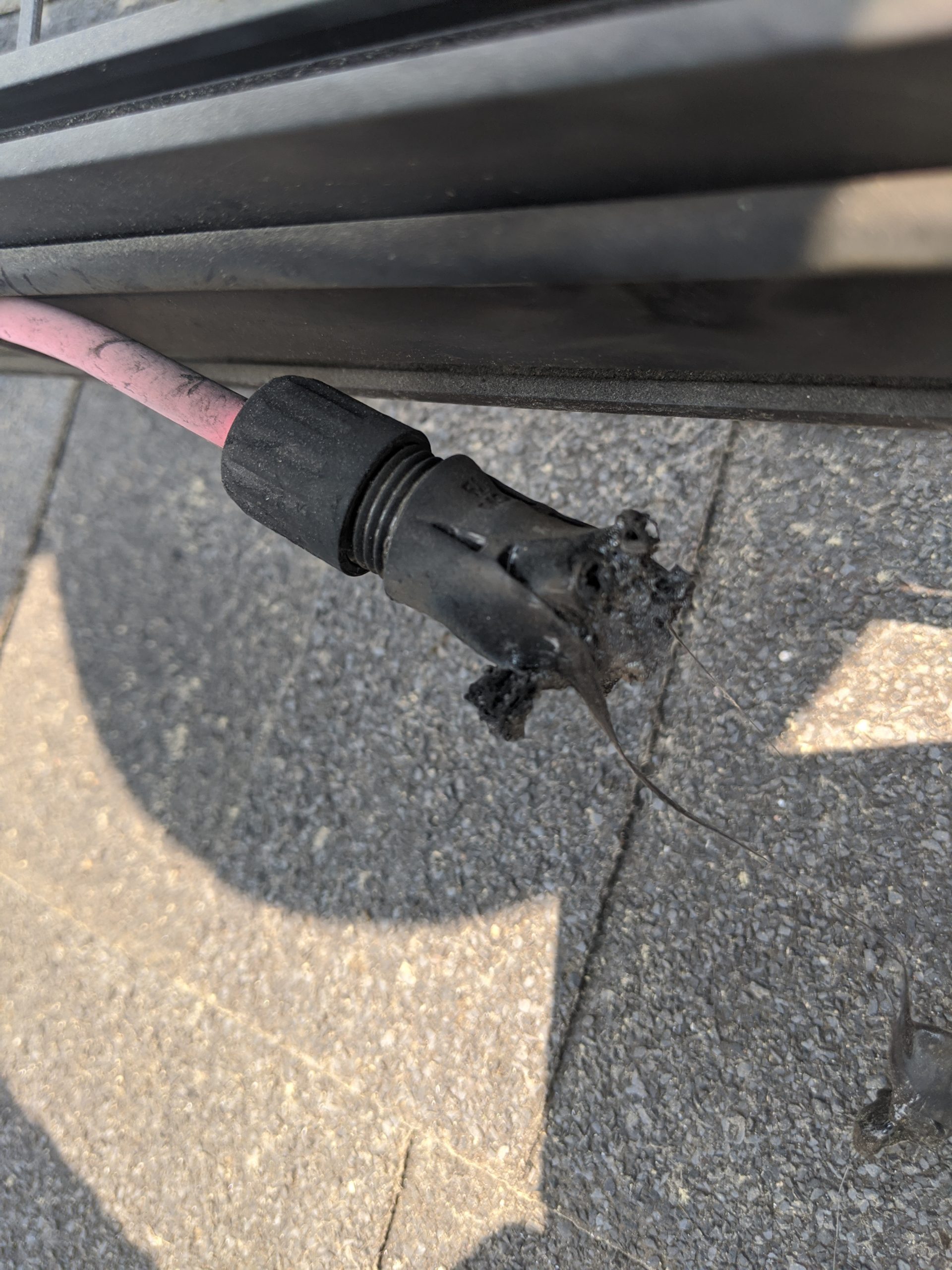
While PV-related fires are extremely rare, they have occurred. Nearly all documented cases we’ve found were the result of wires or connectors being damaged or improperly installed, such that current flowing through them was restricted but not cut off completely. Such a restriction converts electrical energy to heat, and can ignite nearby materials. Unfortunately, a restriction in normally-current-carrying conductors (as opposed to an outright severance or ground fault) will not trigger any safety mechanism – allowing the problem to continue unnoticed. Roofing materials and PV components are designed to be fire-resistant, but the organic materials of a nest can ignite easily.
Electrocution hazards
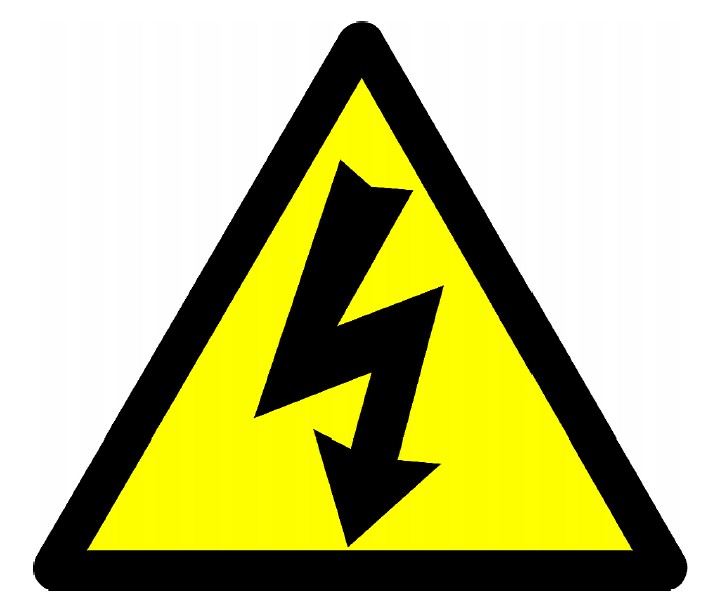
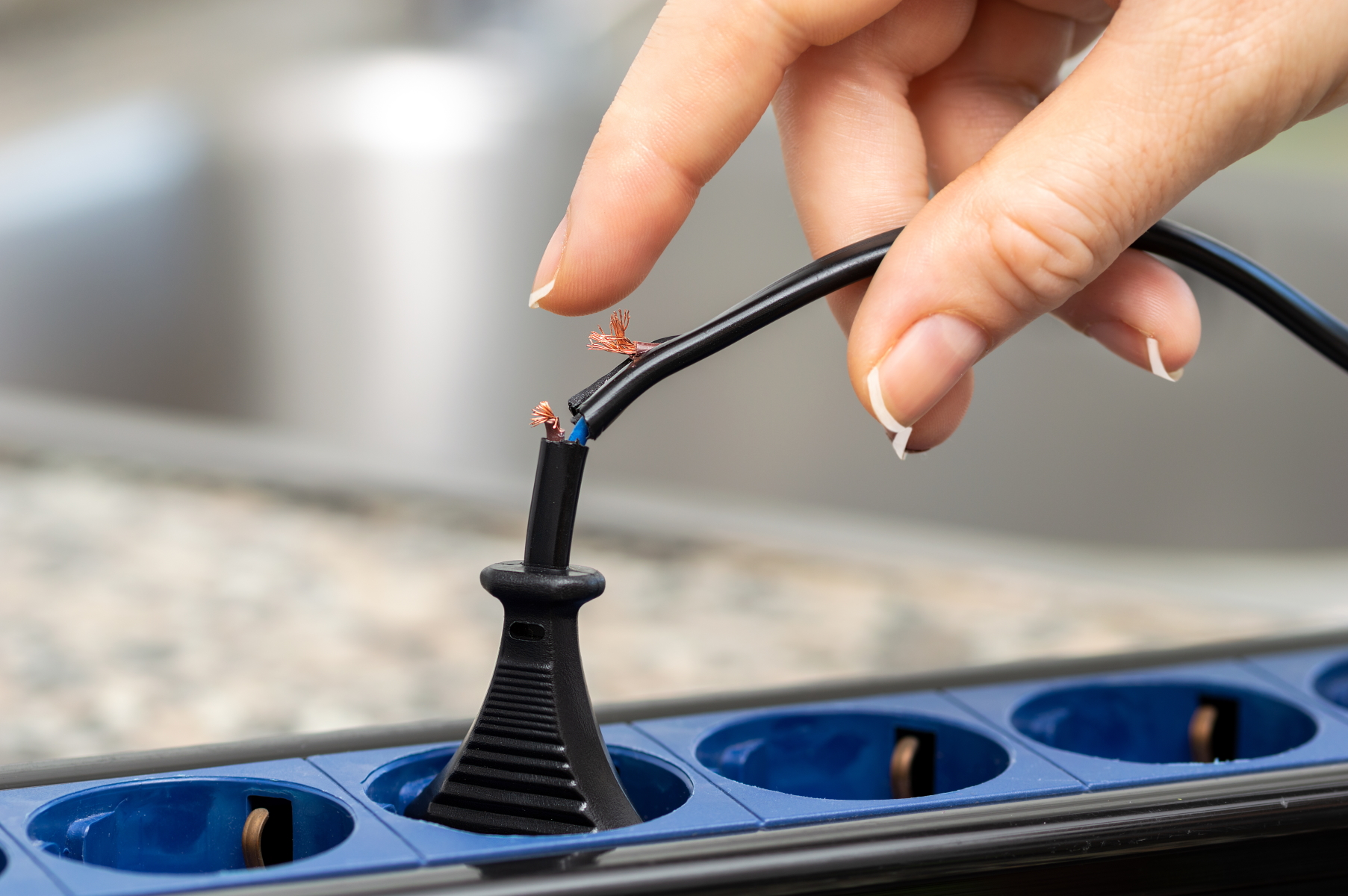
When the insulation around an energized conductor is compromised, that conductor presents an electrocution risk to anyone who comes in contact with it. This risk is amplified when the conductor comes into electrical contact (e.g. when it rains or snows) with other metal components of the PV system, such as the racking or module frames. Modern, code-compliant PV systems include a safety mechanism that will shut down the system if such a ground fault is detected, making this more of a lost production hazard than a safety hazard. However, ground-fault protection systems do not always function as intended, and older inverters may lack protection and require replacement if there is a ground fault. Any PV system with suspected insulation damage should be deenergized immediately.
Lost production
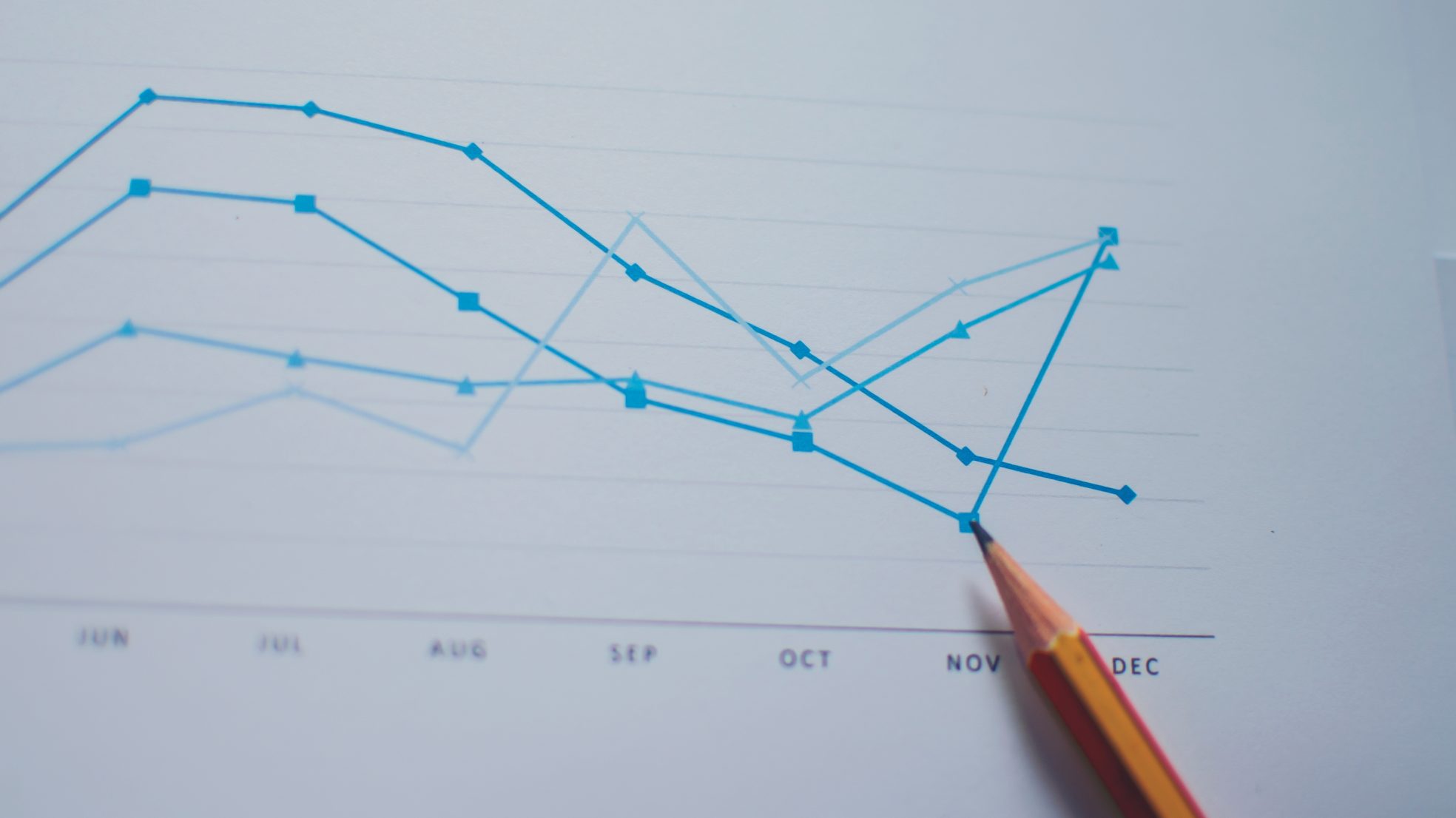
In a 2020 report based on observations of 100,000 PV systems over 5+ years, the National Renewable Energy Laboratory found that “damage caused by animals may not occur often, but… can have substantial impact on annual production.” The report tracked lost production specifically attributable to pests, and found an average 28% production loss during the year in which the animal-related event occurred. For reference, this would represent a loss of about $350 for the average US residential PV system.
When a PV system stops operating entirely due to a ground fault, broken conductor, or during repairs, it of course stops generating income and reduces the system’s return on investment. Such disruptions often take longer than expected to fix due to high demand and low supply of solar service technicians.
A bigger problem, though, is when system output is reduced due to animal activity but not stopped entirely. This is likely to go undetected by the system owner because solar PV production is so variable to begin with (due to weather, temperature and other effects). Production losses can then persist for years.
What to do about it
Phew… now for some good news!
All of the hazards described above can be virtually eliminated through the careful installation of a good quality solar animal guard. This is best done by an experienced professional, but homeowners on a budget can do it themselves.
Explore the resources on our site for homeowners, installers and investors to decide whether animal guard is worth the investment, and how to perform a top-quality install.

